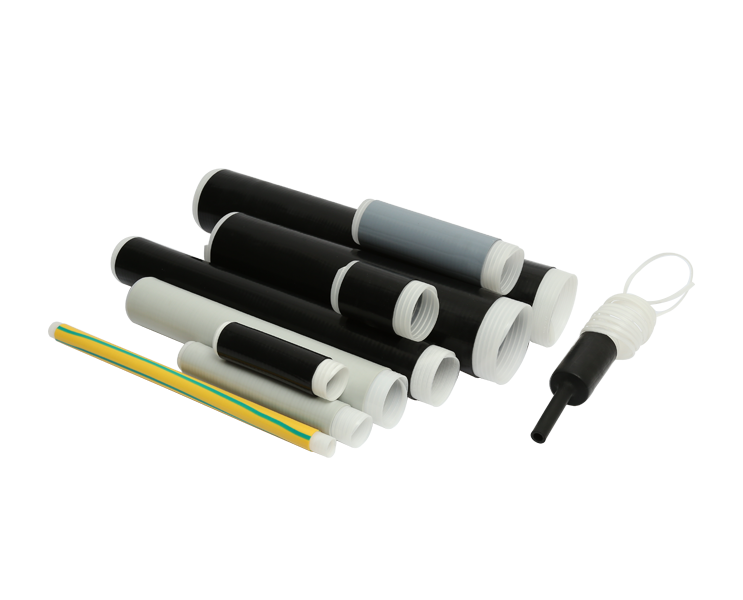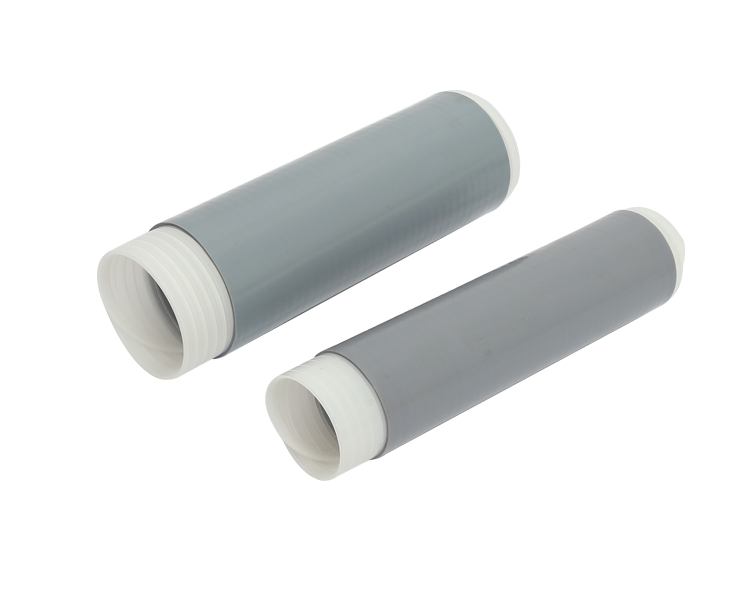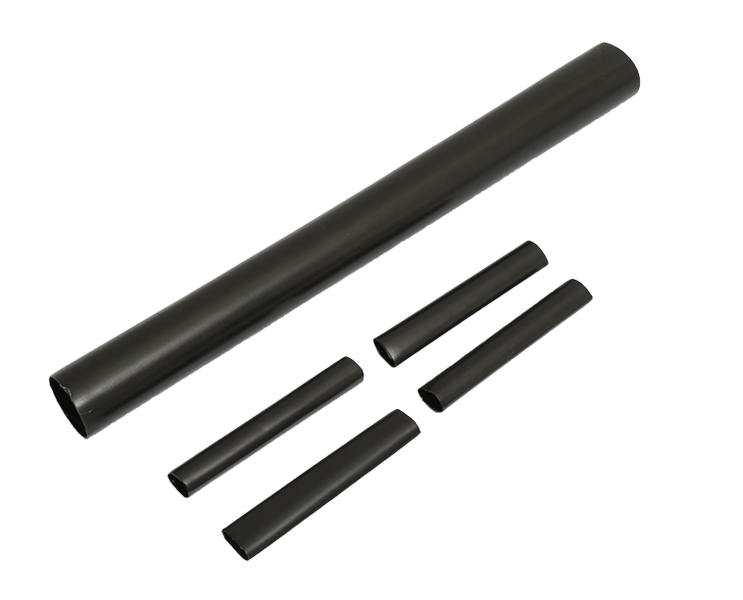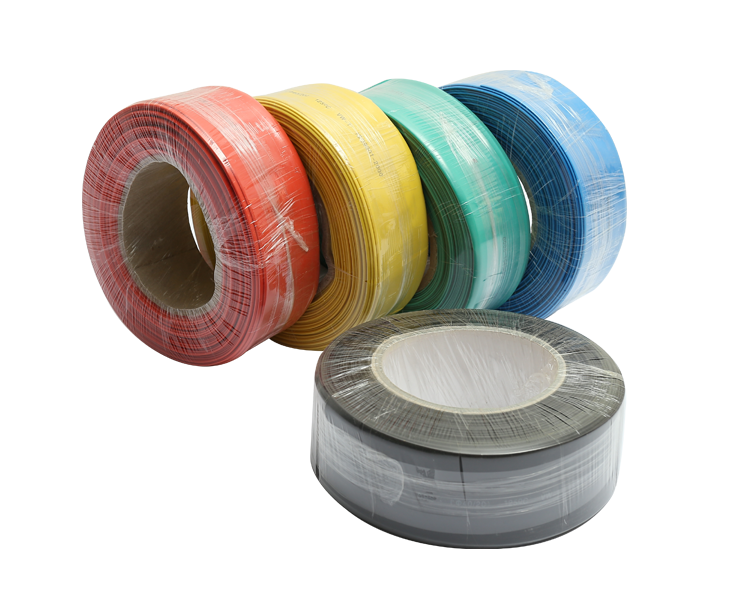Power cable joint kits play a crucial role in ensuring the integrity and reliability of electrical power transmission and distribution systems. These kits are essential components used to connect, insulate, and protect cable joints, safeguarding them from environmental factors and wear and tear. In this article, we will explore the key features and various applications of power cable joint kits, shedding light on their significance in the realm of electrical engineering.
Features of Power Cable Joint Kits
Power cable joint kits are designed with several essential features that make them indispensable in electrical installations and maintenance. These features contribute to the longevity and performance of cable joints in diverse conditions. Here are some of the notable features: High-Quality Insulation: Cable joint kits incorporate high-quality insulation materials, such as cross-linked polyethylene (XLPE) or ethylene propylene rubber (EPR). This insulation ensures electrical continuity and prevents leakage of current. Weather Resistance: The outer sheath of cable joint kits is typically made from materials like polyvinyl chloride (PVC) or thermoplastic elastomer (TPE), which provide excellent resistance to weather conditions, including UV radiation, moisture, and temperature fluctuations. Mechanical Strength: These kits are engineered to withstand mechanical stress, offering protection against bending, twisting, and other forms of physical strain, which is especially important in underground and overhead cable installations.
Corrosion Resistance: Power cable joint kits are designed to resist corrosion, ensuring a longer service life in harsh environments. Ease of Installation: Many cable joint kits come with user-friendly installation instructions and are designed for quick and efficient assembly, reducing downtime during maintenance or repair. Compatibility: They are compatible with a wide range of cable types, sizes, and voltage levels, making them versatile for various applications. Sealing Capability: Cable joints must be effectively sealed to prevent moisture ingress, and power cable joint kits often include sealing materials like heat shrink tubing or mastic to achieve this. Electrical Conductivity: These kits are engineered to maintain electrical conductivity across the joint, preventing energy losses and ensuring consistent power transmission.
Applications of Power Cable Joint Kits
Power cable joint kits find applications across a broad spectrum of industries and infrastructure projects due to their adaptability and reliability. Here are some of the primary applications: Utilities and Power Distribution: Power cable joint kits are extensively used in utility companies to connect underground and overhead power cables, ensuring a reliable supply of electricity to homes, businesses, and industries. Renewable Energy Projects: In the renewable energy sector, these kits are vital for connecting cables in solar farms, wind turbines, and other green energy installations, facilitating the efficient transmission of electricity to the grid. Mining and Extractive Industries: Mines and quarries often require power cable joint kits to connect and protect cables used for equipment, lighting, and ventilation in harsh underground environments.
Marine and Offshore Applications: Power cable joint kits are used in offshore drilling platforms, ships, and underwater cabling systems to maintain electrical connections in saltwater and corrosive conditions. Railway and Transportation: The railway industry relies on cable joint kits for signaling, traction power, and communication systems, ensuring safe and reliable train operations. Construction Sites: Temporary power distribution on construction sites often necessitates the use of cable joint kits to connect and secure power cables used for tools, machinery, and lighting. Data Centers: Data centers rely on uninterruptible power supplies (UPS) and backup generators, which require cable joint kits to maintain critical power connections and prevent downtime. Telecommunications: In the telecommunications sector, these kits are used to connect and protect fiber optic cables, ensuring efficient data transmission and communication networks. Oil and Gas Industry: Power cable joint kits are used in oil refineries, petrochemical plants, and offshore oil rigs to connect and protect power and control cables in hazardous environments.
Conclusion
Power cable joint kits are unsung heroes of the electrical industry, providing essential connectivity, insulation, and protection for cables in a wide range of applications. Their robust features, such as high-quality insulation, weather resistance, and corrosion resistance, make them indispensable for maintaining electrical systems' integrity and reliability. From powering our homes to supporting critical infrastructure projects, power cable joint kits play a pivotal role in ensuring uninterrupted electricity supply. As technology continues to evolve and the demand for reliable power transmission grows, these kits will continue to be essential components in the electrical engineering landscape, contributing to a more connected and electrified world.

 English
English 简体中文
简体中文



